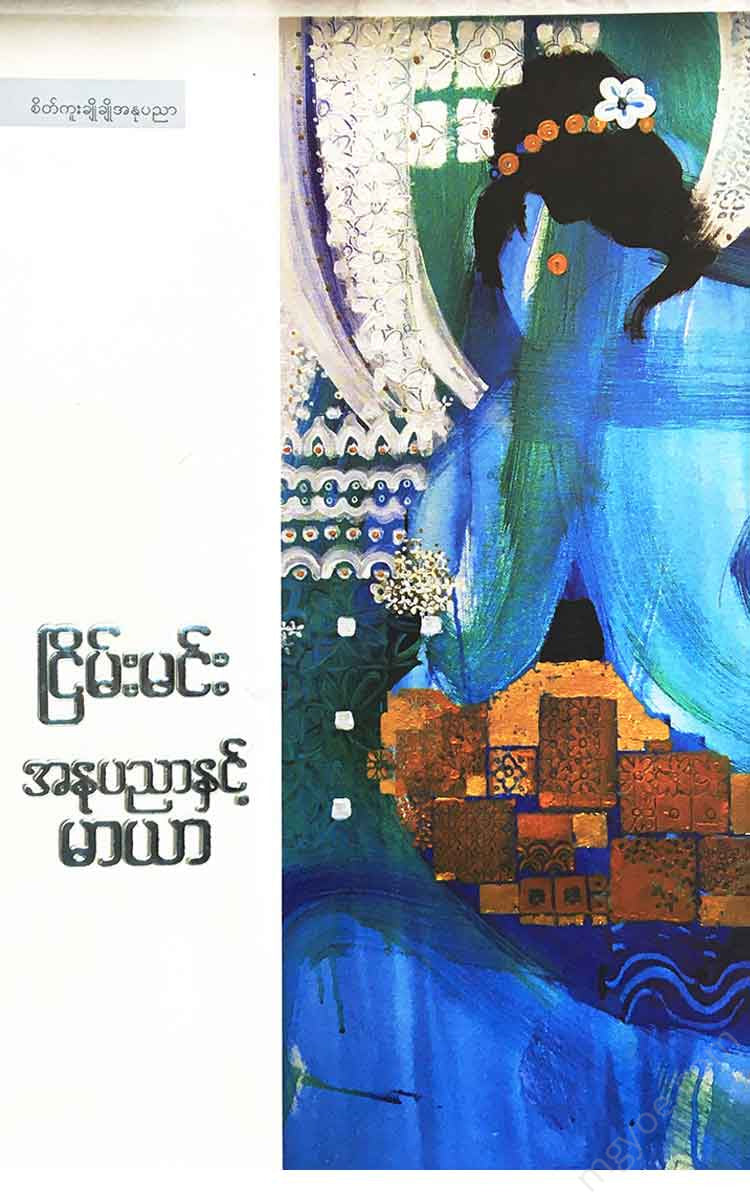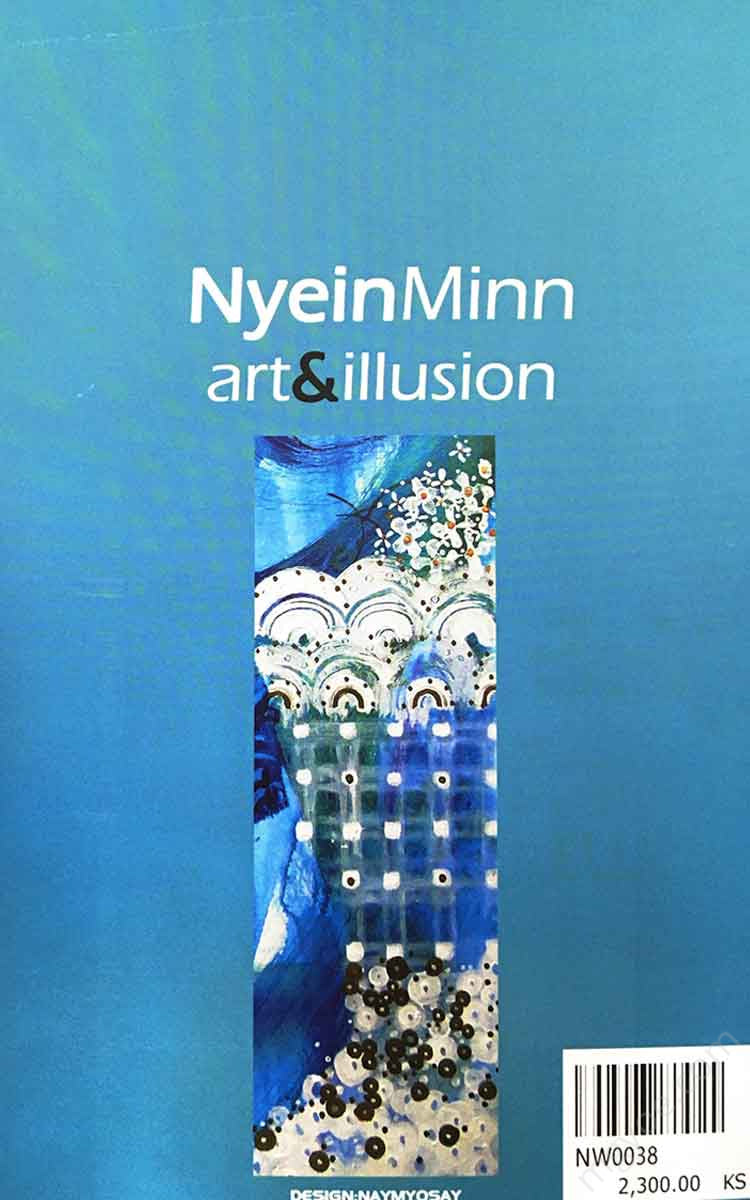စိတ်ကူးချိုချိုစာပေ
Nyein Min - Art and Maya
Nyein Min - Art and Maya
Couldn't load pickup availability
My sister was once a daughter.
An artist was once an audience.
As we transition from a life of "art connoisseur" to a life of "art creator," our views, perceptions, morals, and responsibilities have undergone profound changes.
When I first started reading film textbooks, I saw that cinema was described as the seventh art form.
(1) Drama
(2) MUSIC
(3) Novel (STORY)
(4) PAINTING
(5) POETRY
(6) SCULPTURE
It emerged after the six arts. Some say that the six arts above were combined with photography to form a seventh art.
Now, if an audience were to formally ask me what a movie is, I would say...
Film (movie) is an Art of Story telling in pictures. The answer is.
The answer has 3 parts.
(1) Art
(2) Story Telling
(3) Pictures
One part is composed of extensive and profound knowledge.
Let's say it's a picture. A picture has a size. Basically, there are three types of size in film. Close Up, Medium Shot, Long Shot, Full Shot . The cameraman doesn't just play around with the size of the shot. He doesn't just move it around to keep the audience entertained. Sizes have a deeper meaning.
When we look at the boundless, limitless natural world with a camera , we see it through a cutting process called cropping. The scene that we see through the camera frame is like a painting, and the cameraman's art is to move, change, lower, higher, closer, and farther away, and the perspective changes.
Then the lighting
And the use of lenses
In fact, all of these are creating a picture that becomes an image . Picture is a great art. In order to present images artistically,
Cropping
Composition
Lighting
Color Tone scopëseshgəqe Size
Big and small, near and far
Focus is sharp, clear.
It's not a new technology, American photographer Alfred Wagg once described the magic of photography in seven basic principles. It's been a long time since 1957. But they are still strong and true "standards."
" Every Face to Every Mood"
1. Each face has (2) sides and (3) levels above and below.
2. The basic effects that attract attention may not be the same from every perspective.
3. As the distance changes, the way it affects the viewer's mind also changes.
4. The editing of the material (the perspective in which it is composed) can cause changes in emotions.
5. We need space to express our emotions freely.
6. It must be remembered that every subtle expression that reveals a state of mind is related to a space.
7. There is a precise, certain, and precise amount of light needed for every emotion. (No more, no less).
If you keep these seven points in mind, you can understand the seriousness of photography. If you pay close attention, you will see that “a precise technique is needed to capture emotion.”
These are the illusions of the camera. Since I will be talking specifically about art and illusion here, I will leave out the illusions of the camera. I am not leaving them out because they are unimportant. I am afraid that they will stray from the topic I am going to talk about.













